10 Best Herbal Decoctions For Eye Strain

Herbal decoctions have been traditionally used to alleviate symptoms of eye strain by promoting relaxation and improving circulation to the eyes.
Commonly used herbs include chamomile, lavender, and eyebright, which are known for their soothing and anti-inflammatory properties. To prepare a decoction, these herbs are simmered in water for several minutes, then allowed to steep to extract their active compounds. Applying the cooled liquid as a compress or using it in steam therapy can help reduce fatigue and redness.
While herbal decoctions may offer natural relief, it is important to consult a healthcare professional before use, especially for individuals with existing medical conditions or allergies.
FREE Herb Drying Checklist
How to make sure every batch retains maximum flavor, color, and aroma without the risk of mold or over-drying. Eliminate guesswork and trial-and-error, making herb drying faster, easier, and more efficient every time.
Table of Contents
1. Ginkgo biloba

Ginkgo biloba herbal decoctions have been traditionally used to support eye health and alleviate symptoms of eye strain.
These decoctions are prepared by simmering the dried leaves of the ginkgo tree in water, extracting bioactive compounds such as flavonoids and terpene lactones. These compounds are believed to improve blood circulation and reduce oxidative stress, which can contribute to eye fatigue and blurred vision. Some studies suggest that ginkgo biloba may enhance cognitive function and visual clarity, potentially benefiting individuals who experience prolonged screen time or reading.
However, it is important to consult with a healthcare professional before using ginkgo biloba, as it may interact with certain medications or have side effects in some individuals.
2. Hypericum perforatum
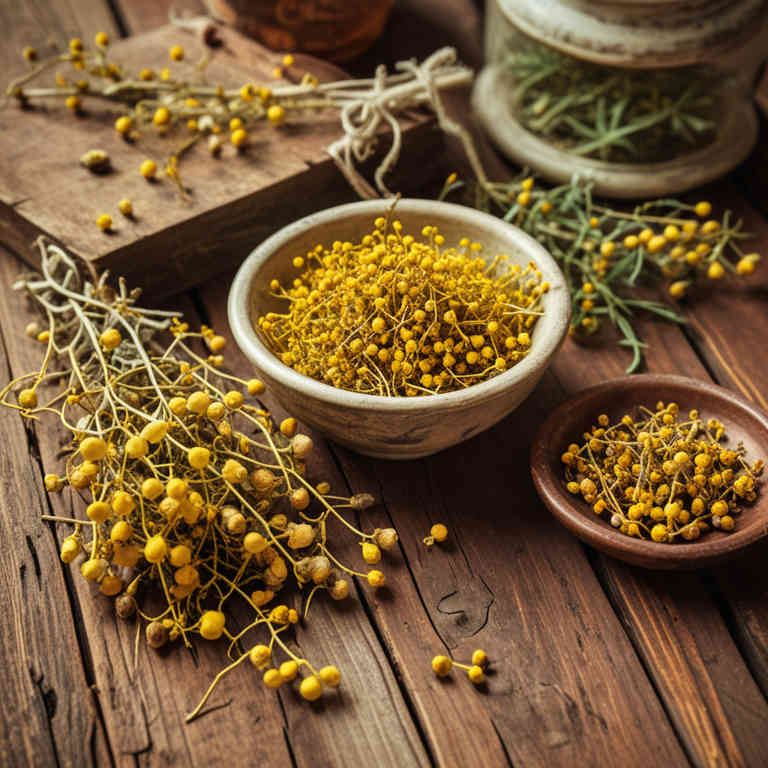
Hypericum perforatum, commonly known as St. John's Wort, is traditionally used in herbal medicine for its purported calming and anti-inflammatory properties.
While it is more widely recognized for its use in treating mild depression, some studies suggest it may also help alleviate symptoms of eye strain by reducing inflammation and promoting relaxation of the ocular muscles. Herbal decoctions of Hypericum perforatum are typically prepared by simmering the dried plant material in water, allowing the active compounds to infuse into the liquid. These decoctions may support overall eye health by improving circulation and reducing oxidative stress around the eyes.
However, it is important to consult a healthcare professional before using St. John's Wort, as it can interact with certain medications and may not be suitable for everyone.
3. Equisetum arvense
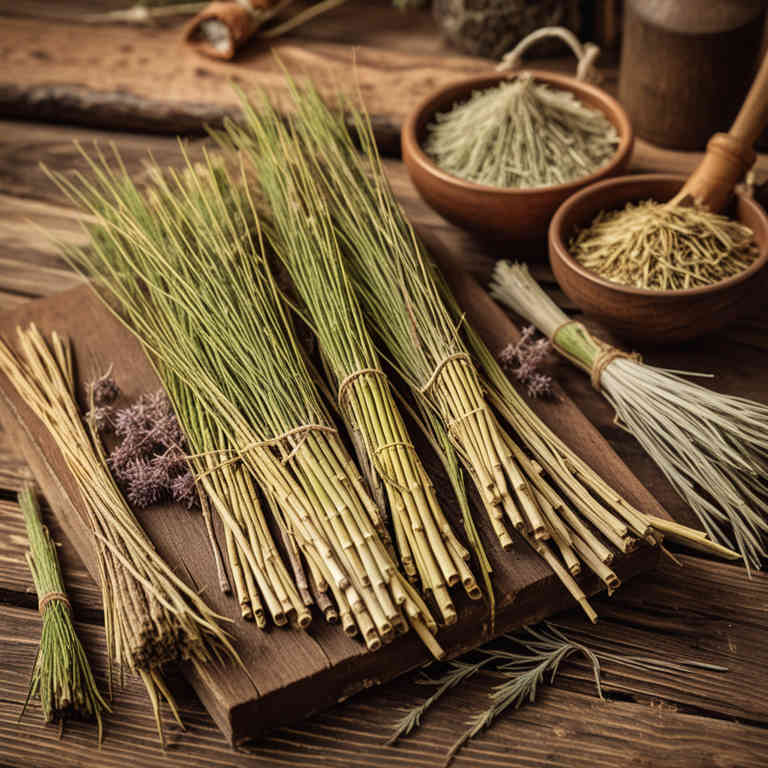
Equisetum arvense, commonly known as horsetail, has been traditionally used in herbal medicine for its high concentration of silica and other minerals.
Herbal decoctions made from equisetum arvense are believed to support eye health by improving circulation and reducing inflammation. These decoctions may help alleviate symptoms of eye strain, such as dryness, fatigue, and blurred vision, by promoting the nourishment of the eye tissues. However, it is important to consult with a qualified herbalist or healthcare provider before using equisetum arvense, as it may interact with certain medications or have side effects in some individuals.
Overall, while some anecdotal evidence suggests potential benefits, more scientific research is needed to fully understand its efficacy for eye strain.
4. Matricaria chamomilla
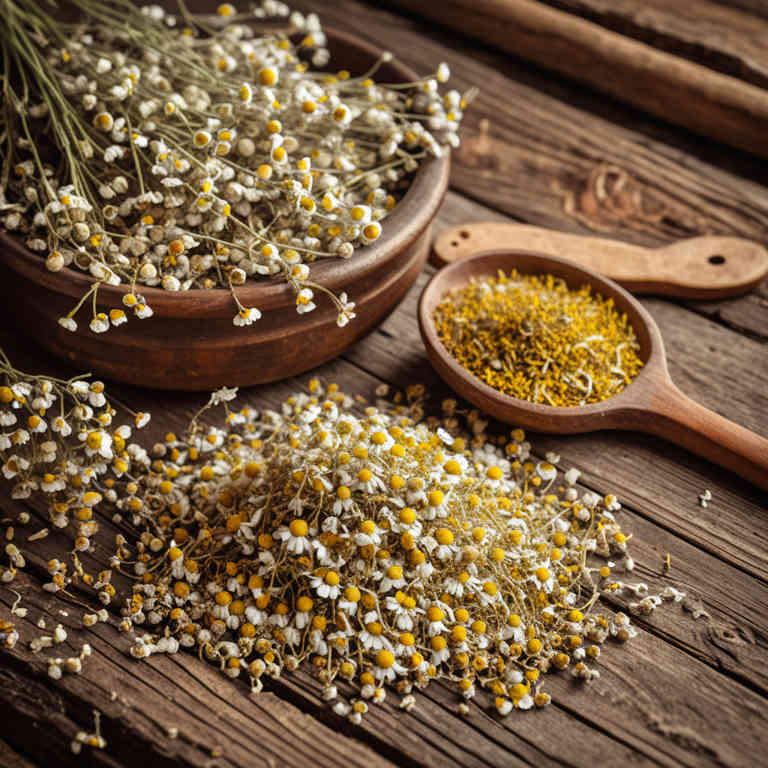
Matricaria chamomilla, commonly known as chamomile, has been traditionally used for its calming and anti-inflammatory properties, and its herbal decoctions may offer relief for eye strain.
Chamomile contains compounds like apigenin, which have been shown to reduce inflammation and promote relaxation, potentially alleviating the discomfort associated with prolonged screen use or visual fatigue. When prepared as a warm tea, chamomile can be used as a compress or consumed internally to support overall eye health and reduce stress-related strain. However, it is important to note that while some anecdotal evidence suggests its benefits, scientific research on its direct effects on eye strain is limited.
As with any herbal remedy, it is advisable to consult a healthcare professional before using chamomile decoctions, especially for individuals with known allergies or medical conditions.
5. Cnicus benedictus

Cnicus benedictus, also known as St. John's Wort, has been traditionally used in herbal medicine for its potential benefits in alleviating symptoms of eye strain.
A herbal decoction made from its dried leaves and flowers can be prepared by simmering the plant material in water for several minutes, allowing the active compounds to infuse into the liquid. This infusion is believed to possess anti-inflammatory and antioxidant properties that may help reduce eye fatigue and redness associated with prolonged screen use or visual strain. Some practitioners recommend using the decoction as a compress or eye bath to soothe tired eyes and improve circulation.
However, it is important to consult a healthcare professional before using Cnicus benedictus to ensure it is safe and appropriate for individual health conditions.
6. Vitex agnus-castus

Vitex agnus-castus, commonly known as chasteberry, has been traditionally used in herbal medicine for its potential calming and hormonal balancing effects.
While it is often associated with menstrual regulation and stress relief, some practitioners suggest it may also support eye health due to its antioxidant properties. Herbal decoctions made from vitex agnus-castus are typically prepared by simmering the dried fruit in water for several hours, allowing the active compounds to be extracted. These decoctions may help reduce eye strain by promoting relaxation and improving overall nervous system function.
However, it is important to consult with a qualified herbalist or healthcare provider before using vitex for eye-related concerns, as individual responses can vary.
7. Lavandula angustifolia
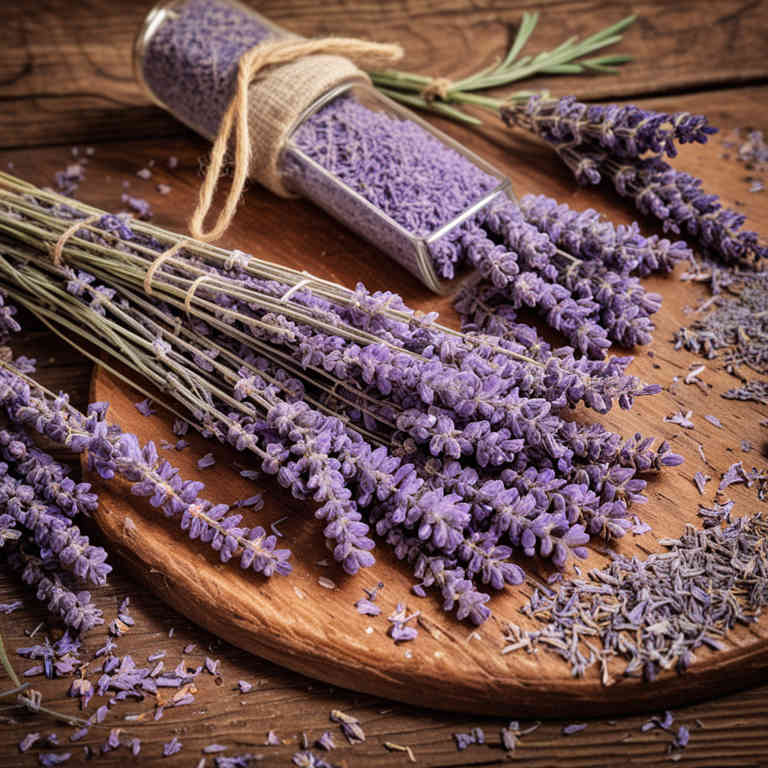
Lavandula angustifolia, commonly known as English lavender, has been traditionally used in herbal medicine for its calming and soothing properties.
When prepared as a herbal decoction, lavender is believed to help alleviate symptoms of eye strain by promoting relaxation and reducing inflammation. The decoction is typically made by simmering dried lavender flowers in water, allowing the essential oils and phytochemicals to infuse into the liquid. This remedy is often used as a natural alternative to commercial eye drops, particularly for individuals seeking gentle, holistic relief.
While more research is needed to confirm its efficacy, many users report improved comfort and reduced fatigue after using lavender decoctions regularly.
8. Achillea millefolium
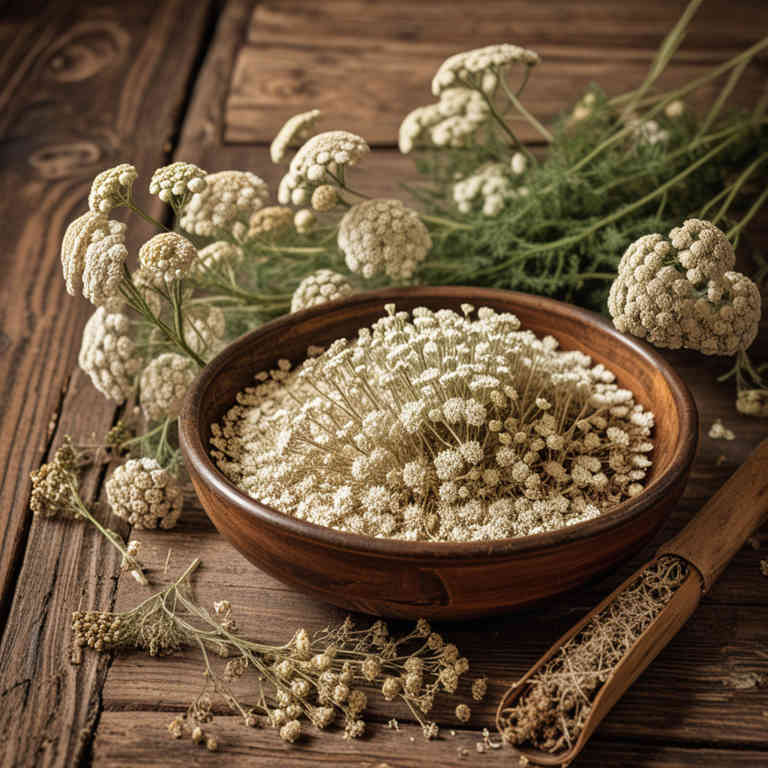
Achillea millefolium, commonly known as yarrow, has been traditionally used in herbal medicine for its anti-inflammatory and soothing properties.
When prepared as a decoction, it can be used to alleviate symptoms of eye strain by reducing irritation and promoting relaxation of the ocular tissues. The decoction is typically made by simmering dried yarrow leaves in water for about 15 to 20 minutes, then allowing it to cool before use. Some practitioners recommend using the cooled decoction as a compress or as a diluted eye wash to soothe tired eyes.
While it is generally considered safe for external use, individuals with sensitive skin or allergies should perform a patch test before applying it to the eyes.
9. Urtica dioica
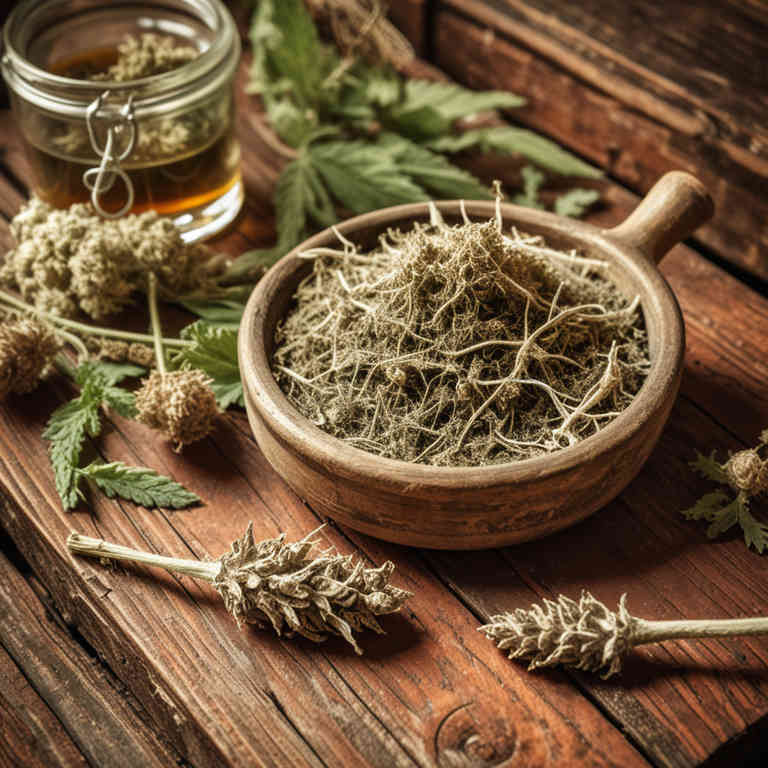
Urtica dioica, commonly known as stinging nettle, has been traditionally used in herbal medicine for its various health benefits, including its potential to alleviate symptoms of eye strain.
When prepared as a herbal decoction, stinging nettle is believed to support overall eye health by providing essential nutrients such as vitamins A, C, and E, as well as minerals like magnesium and iron. The anti-inflammatory and antioxidant properties of Urtica dioica may help reduce inflammation and oxidative stress, which are often associated with prolonged screen time and eye fatigue. To prepare the decoction, fresh or dried nettle leaves are simmered in water for several minutes, and the resulting infusion can be consumed orally or applied as a compress to the eyes.
While some anecdotal evidence suggests it may offer relief, it is important to consult a healthcare professional before using it, especially for individuals with existing medical conditions or those taking medications.
10. Rosa canina

Rosa canina, commonly known as dog rose, has been traditionally used in herbal medicine for its potential benefits in alleviating eye strain.
The herbal decoctions made from its flowers and fruits are believed to support eye health due to their high content of antioxidants and vitamin C. These decoctions may help reduce inflammation and improve circulation around the eyes, which can relieve symptoms associated with prolonged screen use or visual fatigue. Additionally, Rosa canina is thought to have a calming effect on the nervous system, which can further aid in reducing stress-related eye strain.
While more scientific research is needed, many users report positive effects from incorporating Rosa canina decoctions into their routine for eye care.